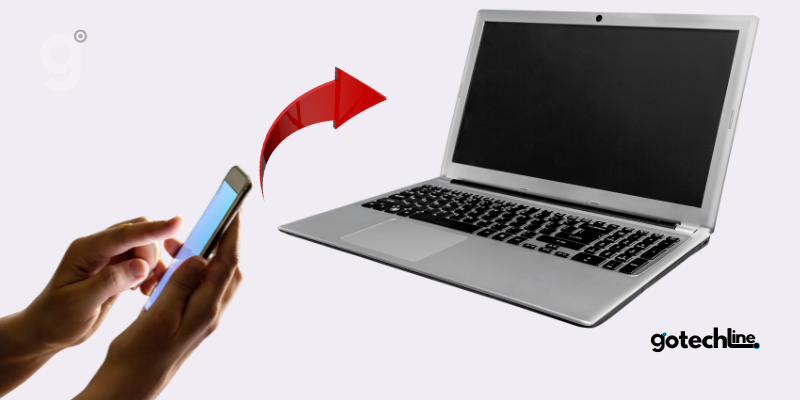Connecting your Android device to Windows 11 unlocks various exciting possibilities to boost your productivity.
From transferring photos to running apps, managing text messages, and monitoring notifications directly on your PC, here’s a complete SEO-optimized guide to make the most of this integration.
Method 1: Using Phone Link
Phone Link is a built-in tool in Windows 11 designed to simplify the integration between your Android device and your PC.
It allows seamless cross-device functionality. Ensure your Android device runs on at least Android 7.0 and that both devices are connected to the same Wi-Fi network.
Steps to Connect via Phone Link:
- Search for Phone Link in Windows
Type “Phone Link” into the search bar on your Windows taskbar and select the app from the results. - Select Your Device Type
Choose “Android” as the device you want to connect. - Verify Your Microsoft Account
Send a notification to your Android device, then log in using the same Microsoft account on both devices. - Enter the Verification Code
When prompted, enter the two-digit code displayed on your PC into your Android device. - Scan the QR Code
Use your phone’s camera to scan the QR code displayed on your Windows screen. - Install “Link to Windows”
If prompted, download and install the “Link to Windows” app on your Android device. - Grant Access Permissions
Allow the app to access permissions as needed. Once completed, tap “Done” on your phone. - Complete the Connection
Click “Continue” on your PC, and your Android device is now linked to Windows 11 via Phone Link.
Benefits of Using Phone Link:
- Manage messages and notifications directly on your PC.
- Run Android apps without using an emulator.
- Real-time data synchronization between devices.
Method 2: Using a USB Cable
If you only need to connect your Android device for file transfers without full integration, a USB cable is the simplest solution.
Steps to Connect via USB:
- Unlock Your Phone
Use your PIN, pattern, or fingerprint to unlock your Android device. - Connect with a USB Cable
Use a USB cable to connect your phone to your PC. Typically, your charging cable will work fine. - Choose Transfer Options on Your PC
Once connected, click the “Choose what to do with this device” notification on your PC. Select “Open device to view files” if you want to browse your phone’s files on your PC. - Import Files or Media
Use the connection to import files, photos, or media to your PC or directly upload them to OneDrive for cloud access. - Explore Files in File Explorer
Open “This PC” in File Explorer to manually explore the storage on your Android device.
Benefits of Using a USB Cable:
- Fast data transfer without needing an internet connection.
- Compatible with multiple Windows devices without additional apps.
- Ideal for backing up large files.
Optimal Tips for Android and Windows 11 Users
- Keep Your Devices Updated:
Ensure both Android and Windows 11 are running the latest versions for compatibility and security. - Leverage Extra Phone Link Features:
Use Phone Link to make or receive calls directly from your PC, a helpful feature for multitasking. - Regularly Backup Your Files:
Use OneDrive or other backup tools to safeguard your data in case of device issues. - Navigate Quickly with Keyboard and Mouse:
Phone Link allows you to type messages or control Android apps directly from your PC’s keyboard and mouse.

